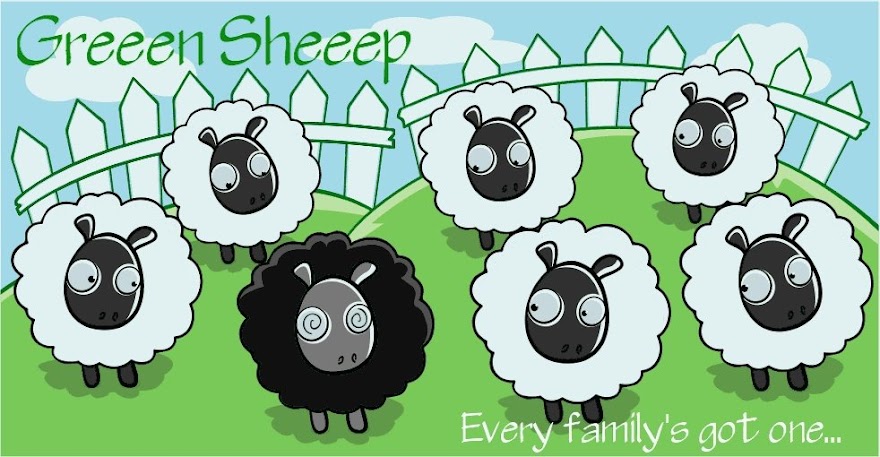
Chapter 2
WHAT KIND OF CHICKENS SHOULD YOU RAISE?
WHAT KIND OF CHICKENS SHOULD YOU RAISE?
Once you have decided that you want to raise chickens, and determined that you have the space, a building of some sort, and that the law allows it, the next thing to decide is whether you want eggs, meat or a combination of both. do you want to spend 8 weeks or 17 months on the venture? In the case of eggs, do you want white ones or brown ones?
Decisions, decisions, decisions! But, they are fun decisions. What kind of chickens to raise? How long does it take? How much will it cost? What can you expect in the way of production?TYPES OF CHICKENSUp until about 1930, chickens were kept mostly for their eggs. Almost every farm had a small flock of medium-size, dual-purpose chickens. These chickens were fed on dinner table scraps, plus whatever grain the farmer's wife could scrounge from the oat bin or corn crib. Nothing very scientific about that. After a couple of years, when the hens didn't lay enough eggs to pay for their keep, they were thrown into the pot for soup or stew. When the roosters, having been fed on a catch-as-can basis, finally reached a reasonable weight, they provided the customary Sunday dinner.
Early in the 1930s, several major changes took place in the production of chickens for both eggs and meat. The practice of keeping the old-fashioned, medium-weight, dual-purpose chickens began to decrease. Poultry farmers began to specialize in raising birds for either eggs or meat.
If, up until the 1930s, cooking the meat of chickens was usually only an offshoot of keeping a flock for eggs, by the early 1930s, things had changed. Boy, how they changed! The broiler industry was booming. Heavy varieties of chickens were being used, mostly hybrid crosses of the Cornish and White Plymouth Rock breeds, to produce fast-growing birds with broad breasts, big legs and thighs, and rich yellow skin.
In 1934, about 30 million broilers were produced in the United States. In 1983, over 2 billion broilers were raised. In the 1930s, it took about 5 pounds of feed to put 1 pound of gain on a broiler chicken over a period of 4 months. In 1952, the amount of feed required to raise a broiler to about 4 pounds had been reduced to 3 1/2 pounds, over a period of 12 weeks. Now, in the 1980s, it only takes 2 pounds of feed to produce 1 pound of weight gain on a broiler chicken.
Similar specialization has taken place in the production of light-weight egg-producing chickens, with all the brooding and mothering instincts bred out of the hens. As a small flock owner, you too can specialize in meat or eggs. Or you can raise the old-fashioned, dual-purpose chickens from which you can get both eggs and meat. There are differences in terms of time and work involved. Let's take a look at what the differences are.MEAT CHICKENSMeat birds come in a few different categories. When ready for eating, a broiler-fryer is a bird less than 3 months old, male or female, with a pliable, smooth-textured skin and tender meat. The breastbone cartilage is quite flexible, in contrast to a 1-year old bird whose breastbone tip is hard and inflexible.
It used to be that broilers and fryers were prepared differently for the retail trade, thus the different terms. Broilers were sold whole or cut in half. Fryers were quartered so that there were 2 pieces combining breast and wing, and 2 pieces combining drumstick and thigh. Today, however, you will find whole birds labeled as fryers at your supermarket. It is a matter of semantics; the words broilers and fryers are used fairly interchangeably.
Although theses meat birds reach good slaughter weights quickly, mature hens lay few eggs, and feeding a heavy hen for her sparse output of eggs can drive you to the poorhouse. A broiler-fryer chick can reach 4 pounds, live weight, in 8 weeks and yield about 3 pounds of edible meat, with some bone included.
A roaster is a larger chicken, of either sex, which is usually slaughtered at 5 months or less, weighing 5 to 8 pounds. They have tender meat and flexible breastbone cartilage. Capons are castrated male chickens, raised to a larger size than broiler-fryers and used for roasting.
I recommend that beginners concentrate on raising broiler-fryers for meat birds.EGG LAYERSThe strictly egg laying type of chicken starts producing eggs about 5 months from the day she is born. In her first laying cycle, which can last 12 to 14 months, she can produce 20 to 22 dozen eggs. Although she can lay almost 10 times her own weight within a year, this hen is small, skinny, and nervous, and won't provide much meat for a Sunday dinner when she has outlived her productiveness.DUAL-PURPOSE CHICKENSDual purpose chickens, larger than strictly egg-laying types, are good for both eggs and meat, but they take a little longer to mature. The hens start laying at 5 1/2 to 6 months. With some notable exceptions, they generally lay fewer eggs than the strictly egg-laying types - perhaps 18 to 20 dozen during a laying cycle. They also cost more to keep because they eat more feed; but the hens can provide a tasty dinner after their egg-laying cycle is over. With some exceptions, the cockerels (males) take longer to reach good broiler-fryer weight. However, they can be carried on to a good roaster weight of 5 to 8 pounds.
The hens take longer to reach the egg-laying stage than egg-layers, and their egg production is usually less. The cockerels, with the exception of certain strains, take longer to reach optimum broiler weight then most meat breeds, although they can be carried on to reach good roaster weight of 5 pounds or more. Both the hens and cockerels provide tenderer meat than the lightweight, strictly egg-laying types of chickens.FURTHER COMPARISON OF CHICKENSIt doesn't take long to raise broilers and fryers. Raising chickens for egg production takes a lto longer and is more involved.
Although the care and feeding of any baby chick is about the same for the first 6 weeks, after that point, meat birds and potential egg layers go separate ways. The meat chick is kept on a high-protein feed ration. The egg chick is fed a ration lower in protein because too much protein at that stage of her life can cause a female to come into egg production too soon, resulting in fewer and smaller eggs and possible damage to her internal organs.
Thus, it is not advisable to keep broiler-fryers and egg layers in the same pen, certainly not past 6 weeks. Also, egg layers enjoy roosts and must have nests to lay their eggs in, pieces of furniture totally unnecessary for the meat birds.
With regard to time involved, most people spend more time attending to household (nonproducing) pets, such as cats and dogs, than is required in caring for a little flock of chickens.


















No comments:
Post a Comment